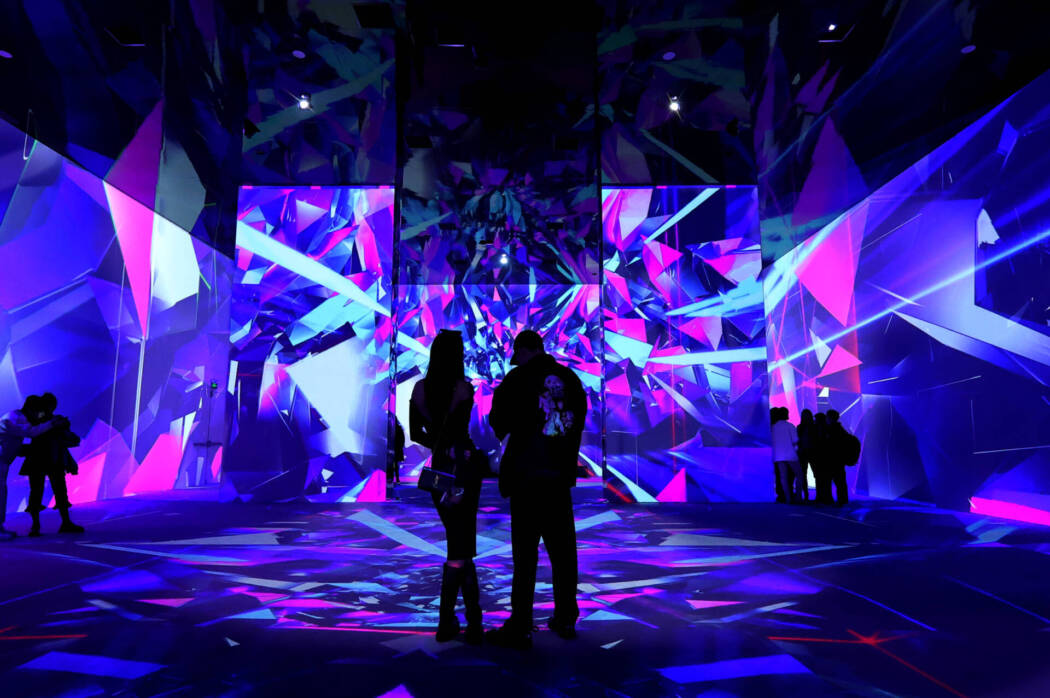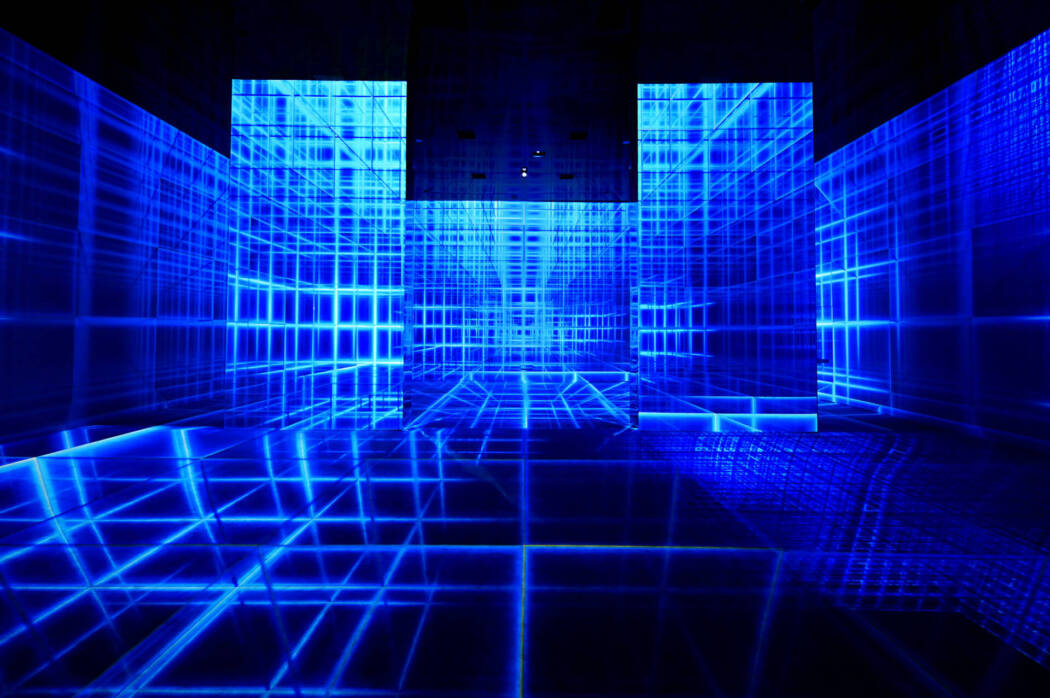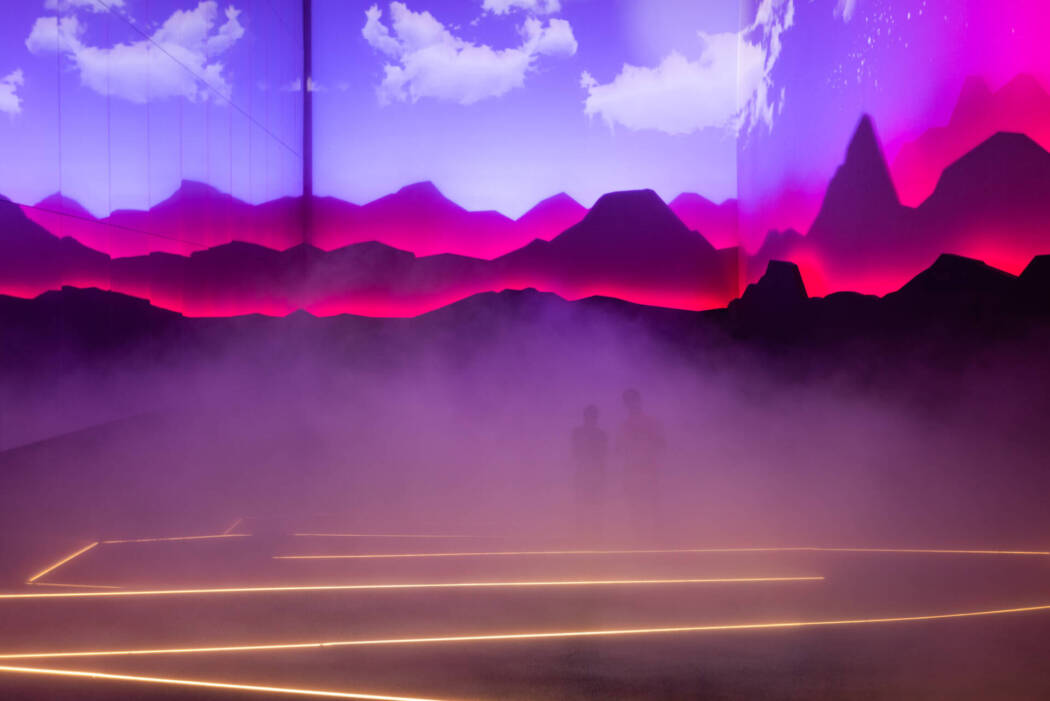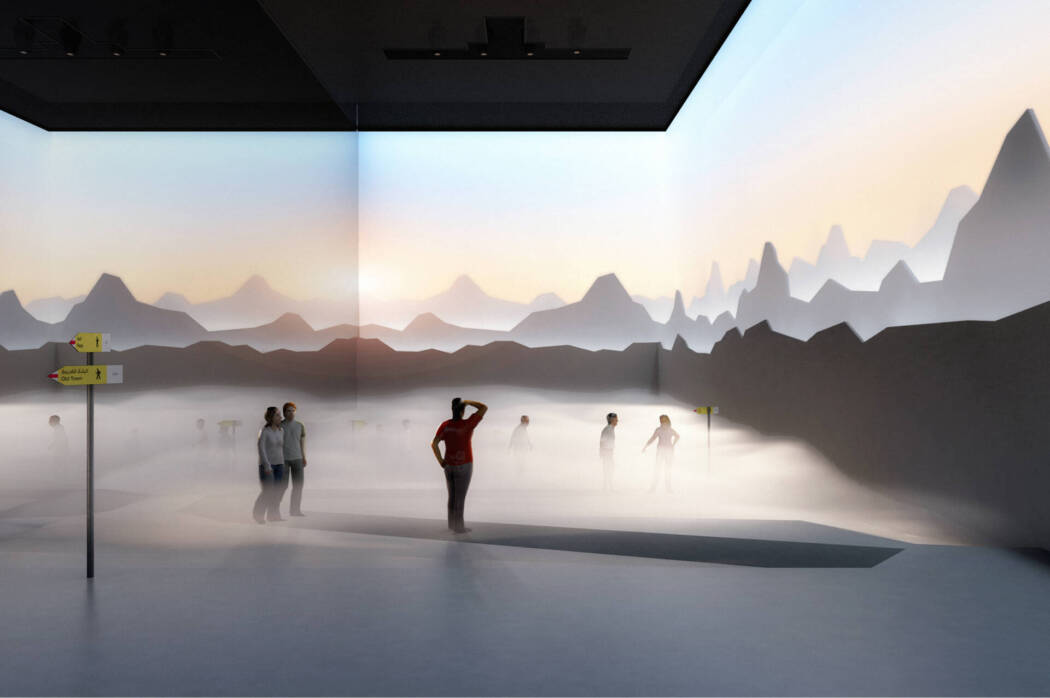Architecture has long been a medium for communicating vision, values, emotions, and branding. New technologies have allowed us to push this even further, creating interactive experiences that use light, sound, and smell in remarkable, new immersive ways. Amongst this backdrop, a new way of defining the marriage between architecture and storytelling has emerged and is becoming increasingly popular: Experiential architecture.
Experiential architecture can broadly be defined as architecture that involves or is based on experience and observation. At Expomobilia, we call this “Worlds of Experience” (Erlebniswelten) and believe these worlds can be brought to life in a variety of ways that ranges from real-life, physical spaces – like museums or amusement parks – to entirely virtual experiences. Most commonly, we are seeing combinations of real and virtual, a merging of worlds that is, at its core, intentionally designed to drive specific experiences, communicate key messages through storytelling, and ultimately inspire visitors.
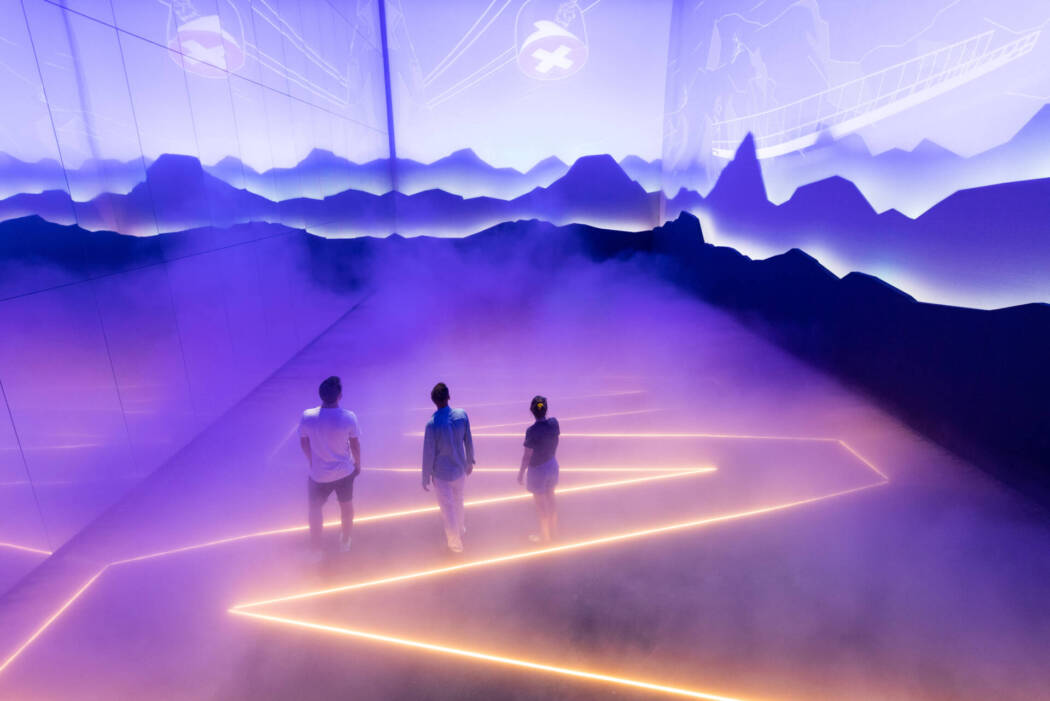
Experiential architecture can broadly be defined as architecture that involves or is based on experience and observation.
Worlds of experience around the globe
Let us explore three examples of experiential architecture from different corners of the world. One state-of-the-art example for chocolate lovers is the Lindt museum, Home of Chocolate, which is located in Kilchberg, Switzerland and which the Expomobilia team helped produce. Upon entering the building, the scent of chocolate fills the air, immediately awakening one’s senses and setting the tone for the visitor experience. The museum’s exhibits range from detailed imitations of miniature pralines to the world’s largest free-standing chocolate fountain, which clocks in at some 9 m high and holds 1,500 kg of real chocolate. Visitors can take chocolate-making workshops with Lindt Master Chocolatiers, and there are also interactive discovery tours that trace chocolate’s rich history, take visitors behind the scenes of the modern Lindt test facilities, and of course, include an irresistible chocolate tasting.
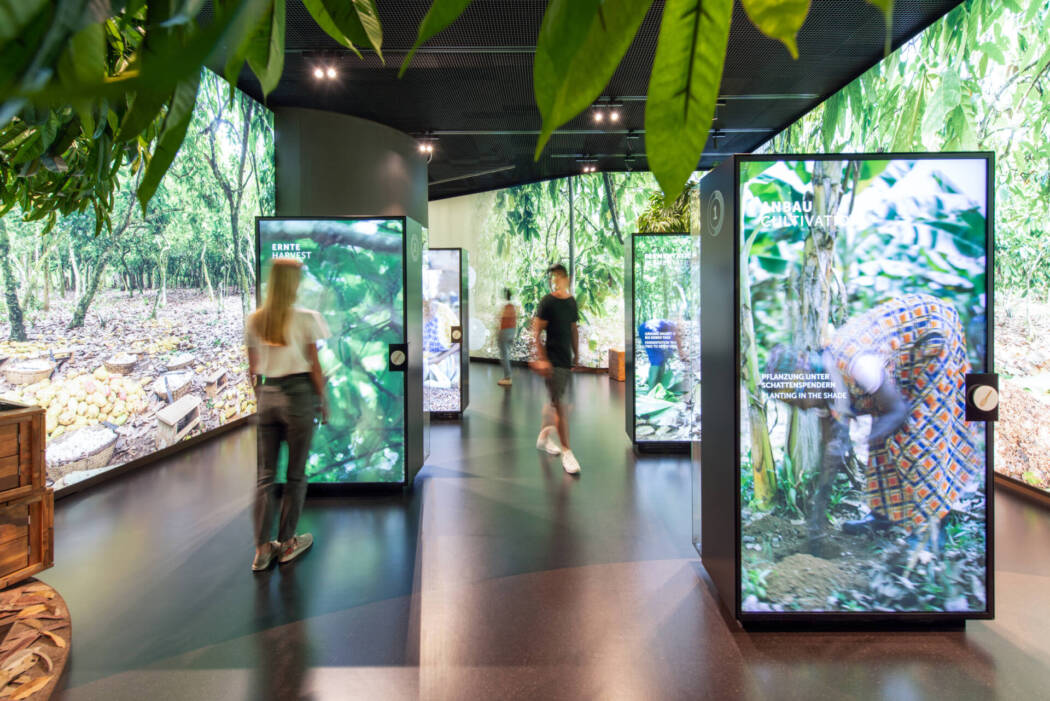
Expomobilia I 2020 I Lindt I Museum 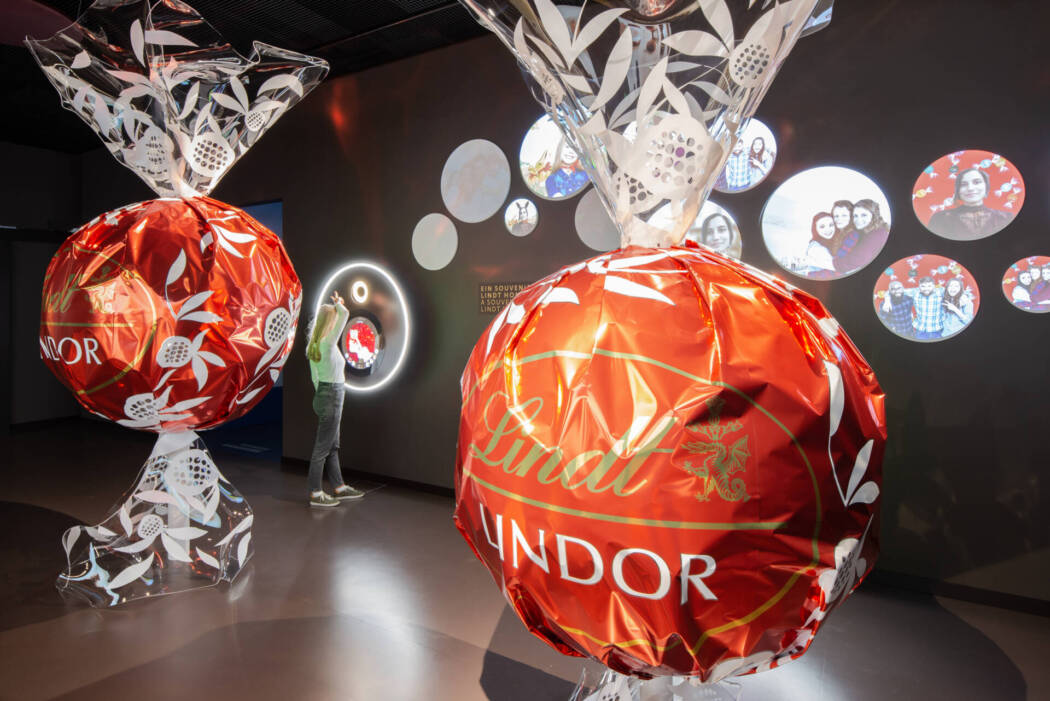
Expomobilia I 2020 I Lindt I Museum
Moving from food to art, we find ourselves on the other side of the globe in Shanghai, China, for the Temple of Light, a “World of Experience” for art lovers. The Temple of Light is a 360-Degree immersive art exhibition that uses the latest projection technology to recreate paintings on a massive scale and in multiple dimensions inside the space. Surround sound and floor-to-ceiling projections intermingle as visitors experience the show. The building’s mystique even extends to the exterior, which is fitted with rippled, reflective stainless steel plates that interact with the sun’s movements and the nearby Huangpu River. The Temple of Light aspires to democratize art and bridge the gap between Chinese culture and the world, and does a breathtaking job of transporting visitors to another world for the duration of the show.
Moving to yet another global destination, EXPO 2020 Dubai, we can highlight another example of experiential architecture that Expomobilia helped build: the Swiss Pavilion. The Swiss Pavilion embraces the theme “Reflections” in both its physical construction and its storytelling. The primary pavilion experience takes visitors on an Alpine-inspired hike through real fog, which culminates in a spectacular panorama of Swiss mountain views. The act of bursting through a thick sea of real fog at the summit is a powerful sensory experience that embodies reflection, discovery, and changing perspectives. This spatial and scenographic experience places visitors in the heart of their own Swiss story and evokes a powerful emotional connection to the Alpine nation of Switzerland. It’s a beautiful example of a “World of Experience” embracing its full potential through storytelling, entertainment, sensory delights, and emotions.
Create a lasting impact with experimential architecture
These are but three examples of experiential architecture in action; “Worlds of Experience” just waiting to be discovered. This concept can take many forms, but when it’s done right it creates a profound impact on visitors. Here at Expomobilia, we know from many years of experience that storytelling is most powerful when combined with physical or virtual experiences that highlight emotional and sensory discoveries. And considering the explosive growth of new technologies an immersive possibilities, we can safely predict that the desire for experiential architecture with real impact is only going to grow.
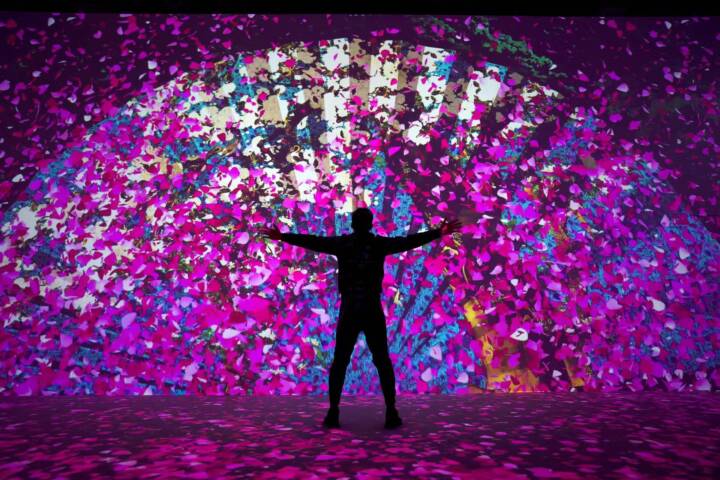
Building experiences
Contact us to know how we can implement your brand strategy spatially. We'd be happy to take you through the process.
Contact
